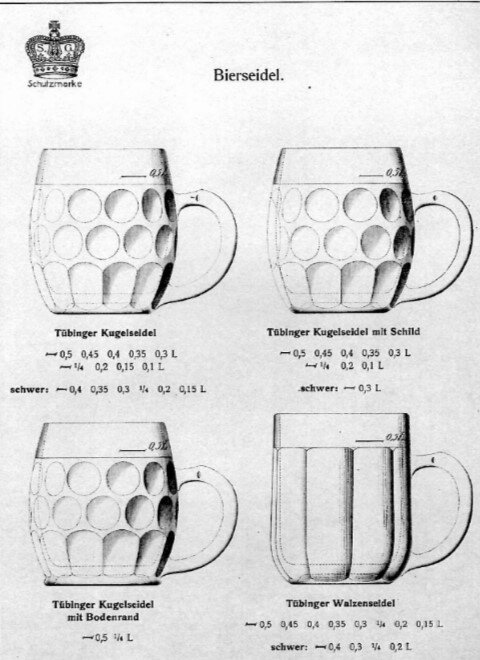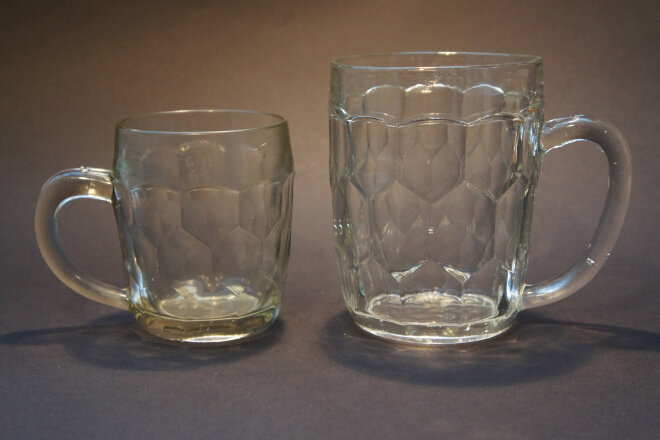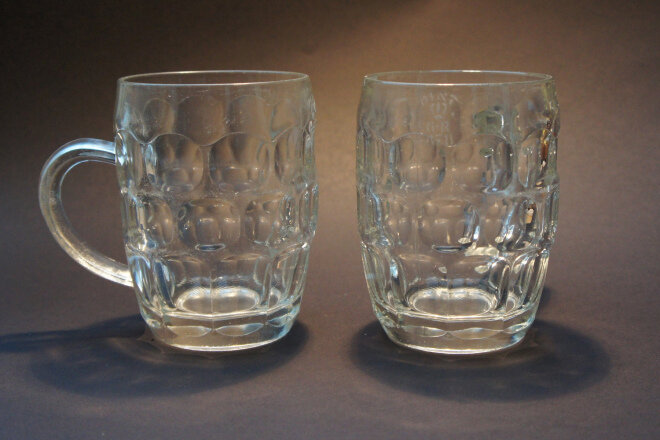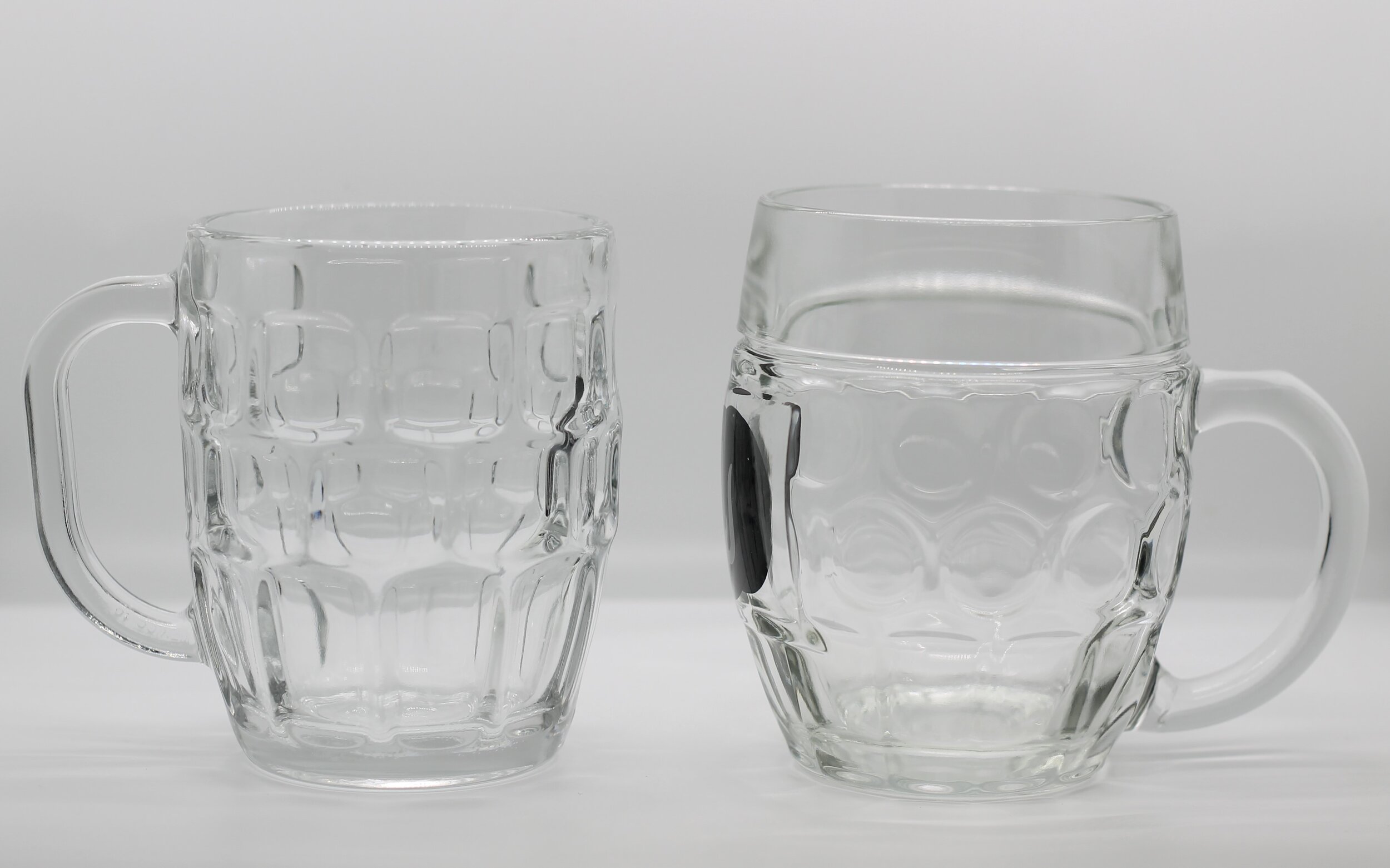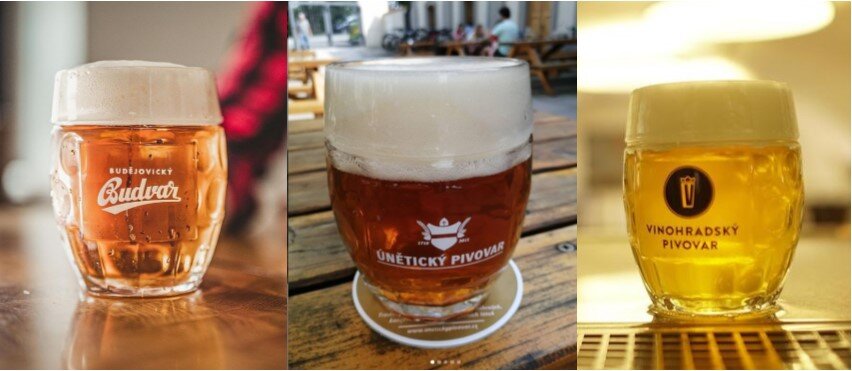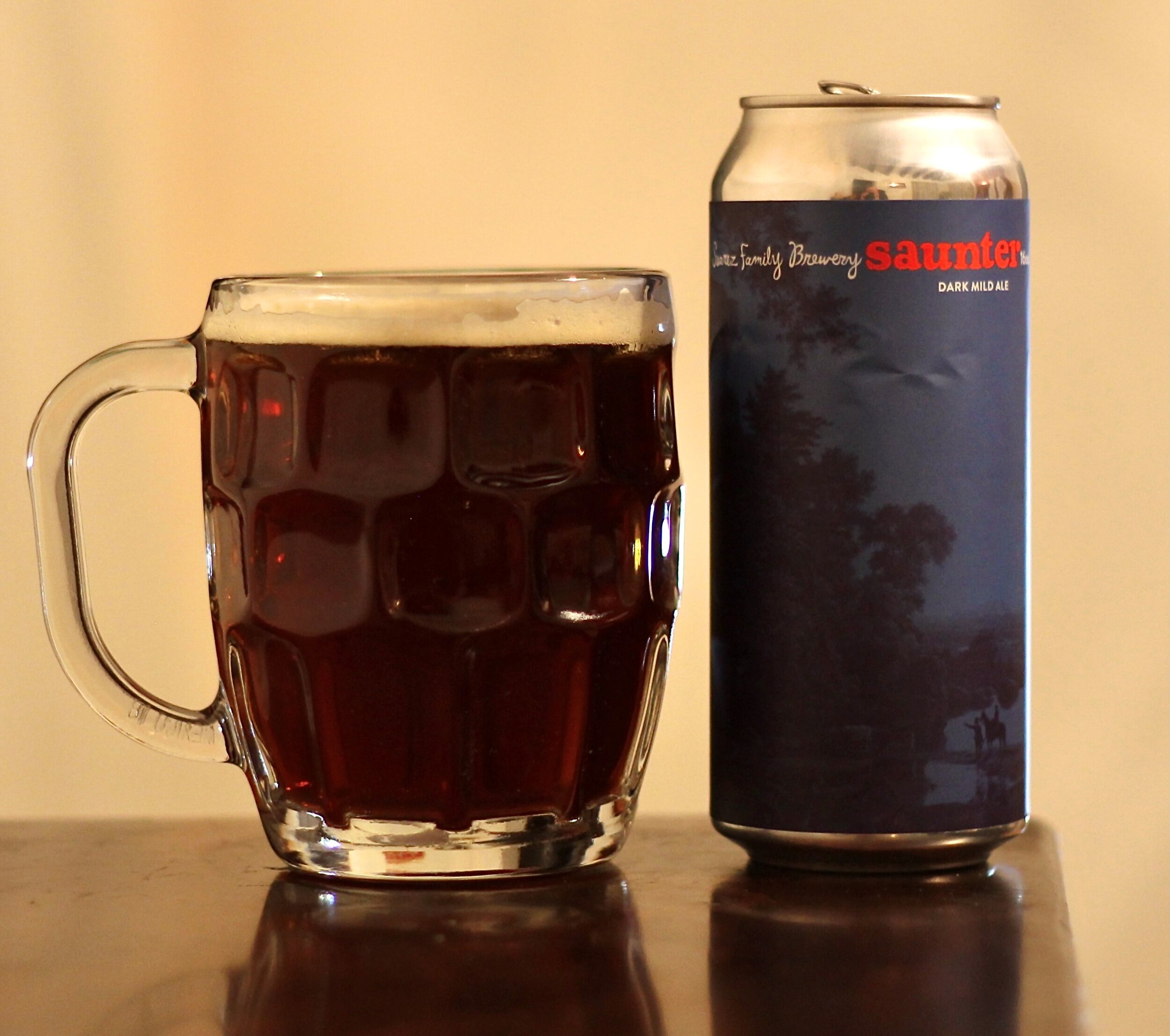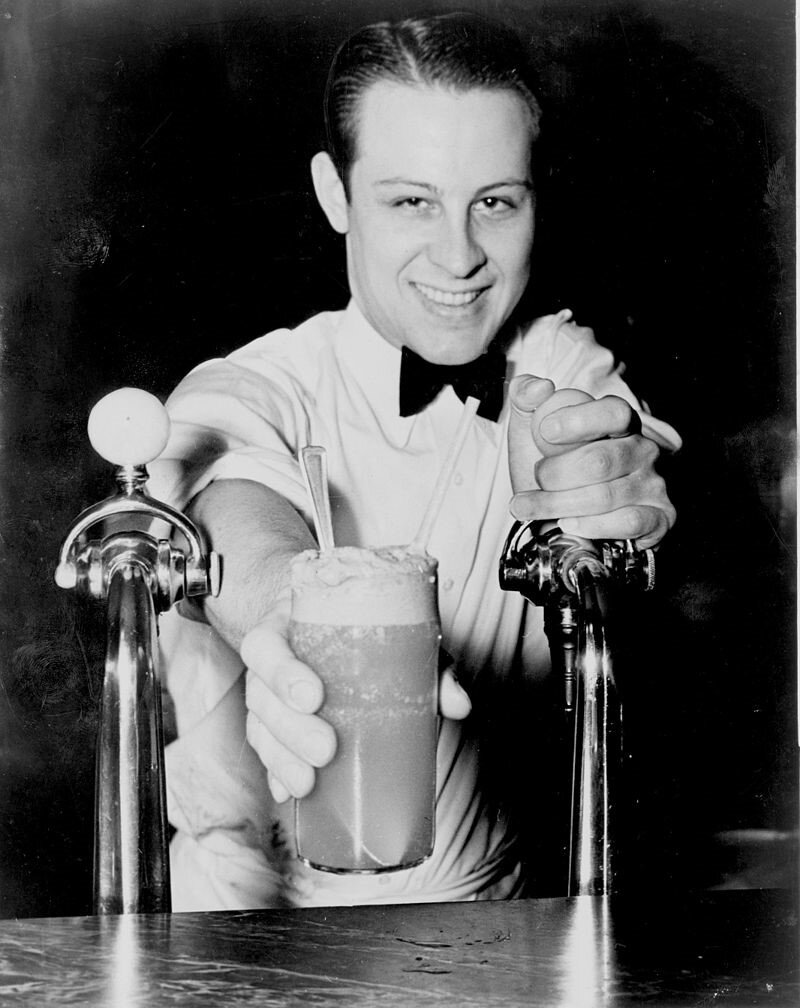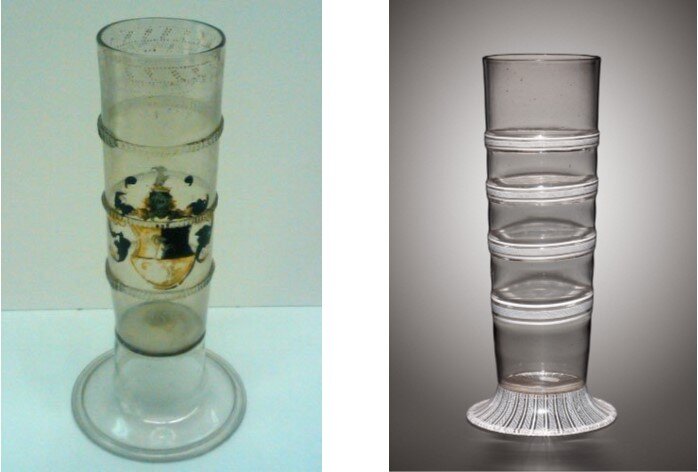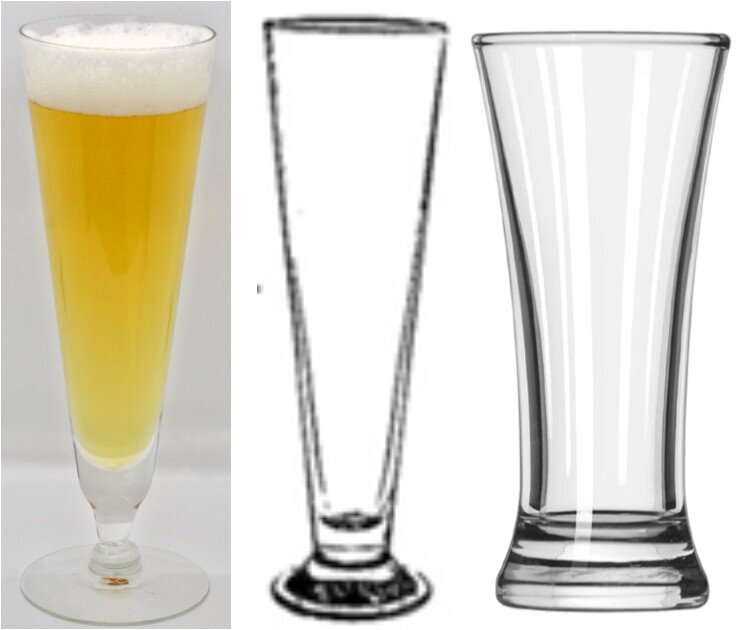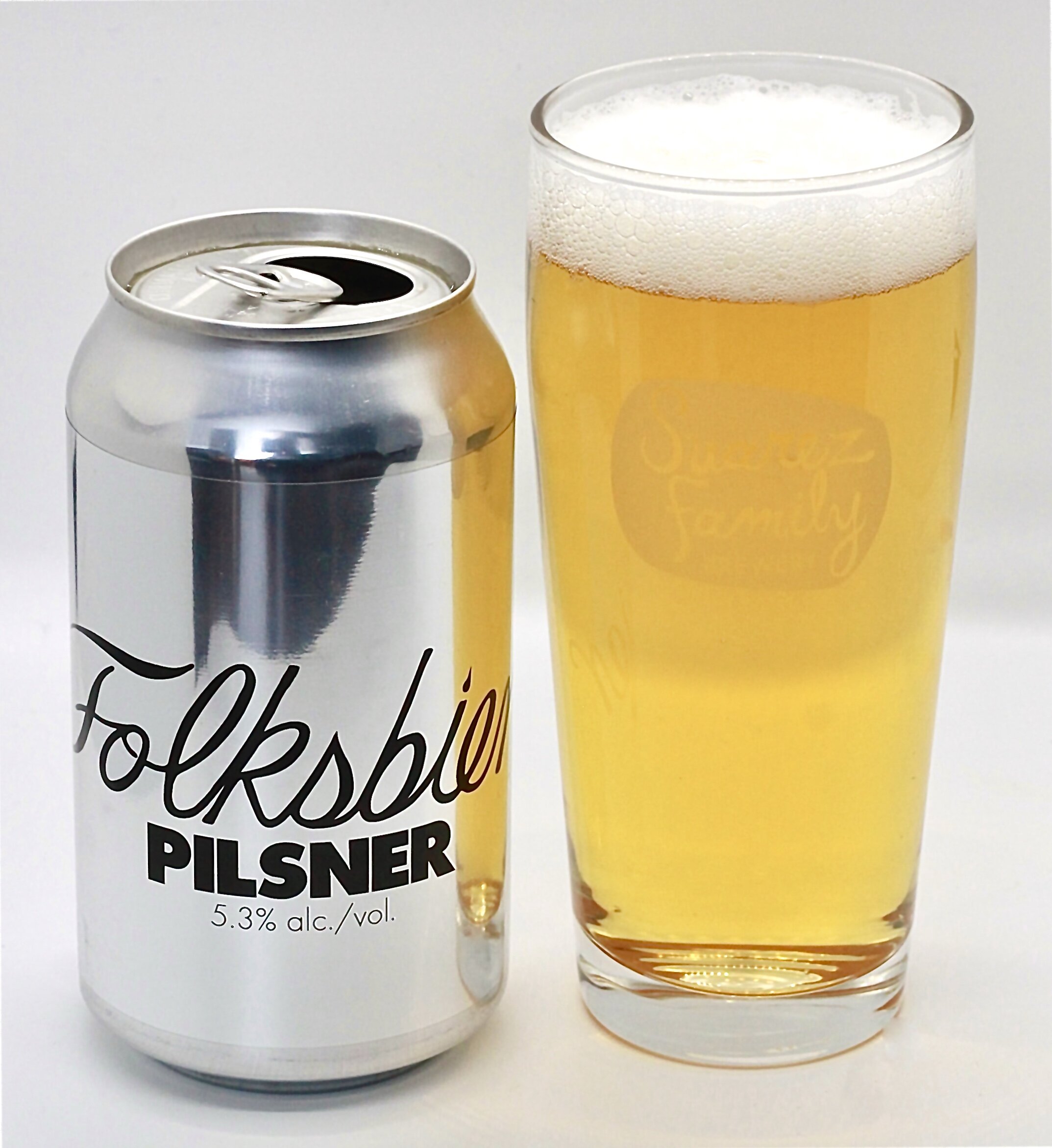Though I didn’t discriminate between styles, I had a particular fondness for traditional English ales when I got into craft beer. I may have been influenced by living very close to Mahar’s Pub in Albany, New York. The now-shuttered pub carried an excellent selection of beer from around the world, but they seemed to favor English ales. This included a well-managed cask program.
As the American craft beer industry has grown since my time in Albany, interest in English ales has not grown at the same rate. Traditional styles like Bitter, Mild, and Porter are certainly not popular. So, I was pleasantly surprised to see a few breweries in my area release some excellent ales in 2020. With concern that it has been a fluke, I reached out to them to see what their production schedules look like for 2021. Their responses are very promising.
While there are glimmers of hope for these styles, there are still challenges. Temperature is one of them.
English ales were often served too cold in the early days of the American craft beer revolution. Some breweries would often try to educate their customers, and some customers would often find ways to deal with this issue (e.g. order a cocktail and a beer, and drink the cocktail while the beer warmed up). People should understand the role temperature plays in their experience. While these beers may be good at the standard draft temperature in the US, they really shine if given the chance to warm a little.
Another challenge is a lack of understanding of the varying English styles. This has led to brewers providing labels for these beers such as “Pub Ale”, to convey an idea of what the beer is like. This is understandable, but it should be supplemented (on the packaging, for example) with specific details about the style. “Pub Ale”, “Pale Ale”, or “English Ale” can mean a lot of things. Unless consumers know what specific styles they like or dislike, it will be hard for them to properly convey that sentiment to others.
Newburgh Brewing Company has been making a traditional Brown Ale for a few years now. On the can and on their website, they note “in the south of England, they prefer their brown ale maltier and lower in alcohol.” This distinction is important, especially since in the United States, where in the past, breweries often made the North East British version. This essentially meant a Newcastle-inspired, drier and slightly boozier ale. While I generally prefer beers on the dry side, this one is delicious. Fortunately, it has been, and will remain, a core brew for Newburgh heading into 2021. Breathe a sigh of relief.
Wild East Brewing, one of New York City’s youngest breweries, sells an Extra Special Bitter (ESB), labeled accordingly on their can, but they identify it as an English-style pale ale on their website. Similarly, Dutchess Ales released a beer this year called Heliotrope that one could certainly put in the ESB category. However, they have identified this as a Pale Ale as well. This is similar to the British breweries that identify their Bitters as Pale Ales once bottled.
The last challenge to note is clarity. Traditionally, most of these styles should at a minimum have good clarity. Perhaps not all producers aim to be traditional, and that’s okay. My preference would be to see these bright. It’s so nice to have beer with amber, brown or reddish color. Even better when the light can shine through your pint.
Threes Brewing made a Dark Mild and a Bitter this year. And they weren’t just one-offs. The Dark Mild, called Backways, is a collaboration with Burial Beer Co. and it was released a couple of times. A delicious Bitter called The World is Flat, one of my favorite beers of 2020, was also released on a number of occasions.
Co-Founder and Managing Partner Josh Stylman says Threes is “all-in” with their traditional ale production. According to Head Brewer Matt Levy, there will be a “noticeable increase” in production for these styles. He goes on to add “similar to the vibe we aim for with our lagers, a great English Ale tastes balanced and at ease. As time goes on we've realized how much these two worlds have in common. As such, we very much approach our English Ales from a lager brewer's mentality, which is to say that we allow for proper conditioning time when needed. And, we take a less-is-more approach in general.”
This is an ideal mentality, but it requires skill for proper execution. Fortunately, these young brewers and breweries have been doing an excellent job. Much better than was done a decade or two ago.
Dutchess Ales will continue making their easy-drinking ales in 2021. As soon as possible, they will resume cask ale production for the handful of accounts that serve in this format. Having a fresh Dutchess cask ale at The Grand Delancey is high on my list of things to do “when this is over.”
Wild East released a Mild this year, in addition to the ESB noted above, and both are scheduled to reappear in 2021. They’re kicking around the idea of making an English Barleywine, but that may not appear until 2022.
Folksbier, known for excellent lagers and Goses, have also been dabbling with English Ales. Late this year, they canned their Dark Mild called Little Owl. They plan to make more in 2021, and perhaps a Bitter as well.
Other breweries like Strong Rope and Suarez Family Brewery have also reliably had an English Ale or two available as part of their annual production schedules. Drowned Lands, another new brewery in the Hudson River Valley, released Hythe, a foeder ESB. It will be interesting to see where they go with that in 2021.
You may even be able to find some of these ales at IPA heavy breweries like Kings County Brewers Collective (KCBC) and Other Half. KCBC released an ESB this year, and Sam Richardson of Other Half noted on a recent Beer Sessions Radio podcast that the brewery was looking forward to making less popular styles like Dark Mild at their new location in Williamsburg, Brooklyn.
Though not popular styles, the forecasted 2021 production is partially due to market demand. “We're seeing a lot of interest in low-ABV beers and a thirst for something anti-juicy”, Levy says.
Tyler March, Co-Founder and Head of Operations at Wild East shares a similar sentiment. He adds “we’re finding they’re somewhat seasonal in terms of popularity, but this year’s also been an anomaly with unpredictable sales patterns, so it’s hard to know how they’d perform over a typical year. Our impression is that they’re growing in popularity/availability within our local market and becoming more ubiquitous than they were a few years ago. Awareness and demand seem to be increasing.”
Customers may be more likely to try some of these styles from local brands they are already familiar with. This is a luxury craft beer drinkers didn’t have a generation ago when many did not have a local brewery. The obvious advantage of going local, as Joey Pepper at Folksbier points out, is that “these small beers are best when fresh.” And many craft beer drinkers these days are already familiar with drinking fresh beer.












